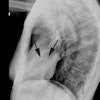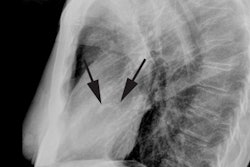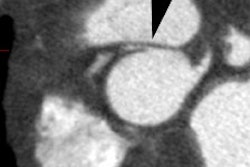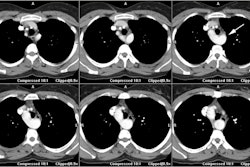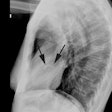J Cardiovasc Surg (Torino) 1994 Apr;35(2):135-8- Ruptured aneurysms of the sinus of Valsalva.
Isomura T, Hisatomi K, Hirano A, Satho T, Kosuga K, Ohishi K.
Sixteen patients underwent operation for ruptured aneurysm of the sinus of Valsalva (RASV) between 1979 and 1992. The age ranged from nine to 57 years (mean 31.8 years). Four patients were asymptomatic and 12 symptomatic and among symptomatic patients, five patients underwent emergency operation. Associated congenital anomalies were subpulmonary ventricular septal defect in 11 patients and infundibular pulmonary stenosis in one patient. Aortic regurgitation (AR) was mild in four, moderate in two, and severe in five. Surgical approach for RASV was a double incision for 12 patients (incision of ascending aorta and pulmonary artery, seven; that of ascending aorta and right ventricle, five), and single incision in four (pulmonary artery, three; right ventricle, one). Concomitant aortic surgery was performed in seven patients: aortic valve replacement (AVR), six and aortic valvuloplasty, one. One patient with emergency operation after cardiac arrest died one day after operation, while four emergency and 11 elective patients were uneventful after operation. In a follow up period of a mean of 90.3 months, there were no leaks of VSD closure and no recurrence of aneurysm. In 10 patients without AVR, mild AR remained in two, while the others showed no AR. The New York Heart Association functional class after operation was class I for 14 and class II for one. It seems that RASV requires early examination and operation to prevent an acute deterioration of symptoms and AR.(ABSTRACT TRUNCATED AT 250 WORDS)
PMID: 8195273
Cardiac > Adultdz > Sinusaneurysm
Latest in Cardiac
Cardiac > Valve > AS > Images > Case 2
October 19, 2020
Cardiac > Adultdz > Pacing
January 20, 2016
Cardiac > Congenital > Noncompaction cardiomyopathy
February 5, 2014
